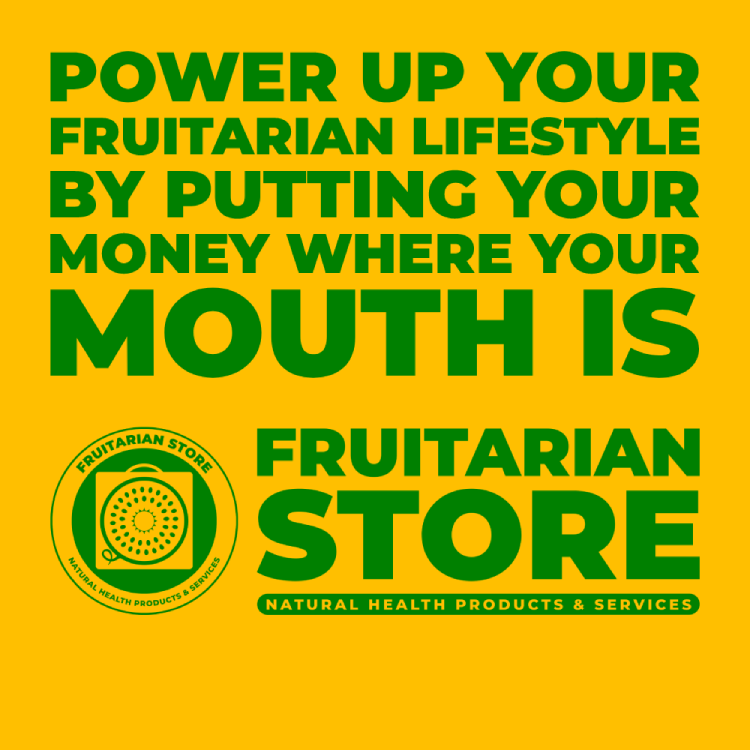Delicious, juicy, bright and hearty, mangos are among the world’s most popular fruits and a favorite—even a staple food—among raw fooders. They are available in about 400 cultivars, with Tommy Atkins the market leader. A stone fruit, the mango scores a 97 out of 100—among the very highest ratings—in Dr. T.C. Fry’s “A General Guide to Food Selection.”
Mangos are in season from May to August and grown in the tropics. An average-size mango weighs 336 grams without refuse and contains 202 calories.
Mangos belong to the family Anacardiaceae, which includes tropical-fruiting trees in the flowering plants such as cashews and pistachios, among other foods.
Mangos are classified into two categories: freestones and clingstones. With freestones, the fruit “meal” separates from the pit quite easily. Clingstones are fruits in which the “meal” clings to the pit. Some cultivars are partially freestone and clingstone, and these are called semi-free.
Mangos are a rich source of Vitamins B6, C, E and K. They contain 84 percent water by weight.
India produced 15.2 million tons of mangos, mangosteens and guavas in 2011. China produced 4.4 million tons and Thailand, 2.6 million tons, rounding out the list of leading three producers, in the same year.
Stats for 100 Grams of Mangos (Raw)
- 60 calories
Notable Nutrients
Percentages based on the Reference Daily Intake for a 2,000-calorie diet
- Fiber: 6.4%
- Folate: 10.8%
- Vitamin B6: 6%
- Vitamin C: 60.7%
- Vitamin E: 4.5%
- Vitamin K: 5.3%
- Copper: 5.6%
- Potassium: 4.8%
Carbs/Protein/Fat
- Carbohydrates: 90.1%
- Protein: 4.6%
- Fat: 5.3%
Food Type
- Subacid fruit
Sources
- Self Healing Colitis & Crohn’s by Dr. David Klein
- http://ndb.nal.usda.gov/ndb/foods/show/2347
- http://www.cronometer.com
- http://www.nutrition-and-you.com/mango-fruit.html
- http://en.wikipedia.org/wiki/Mango


















